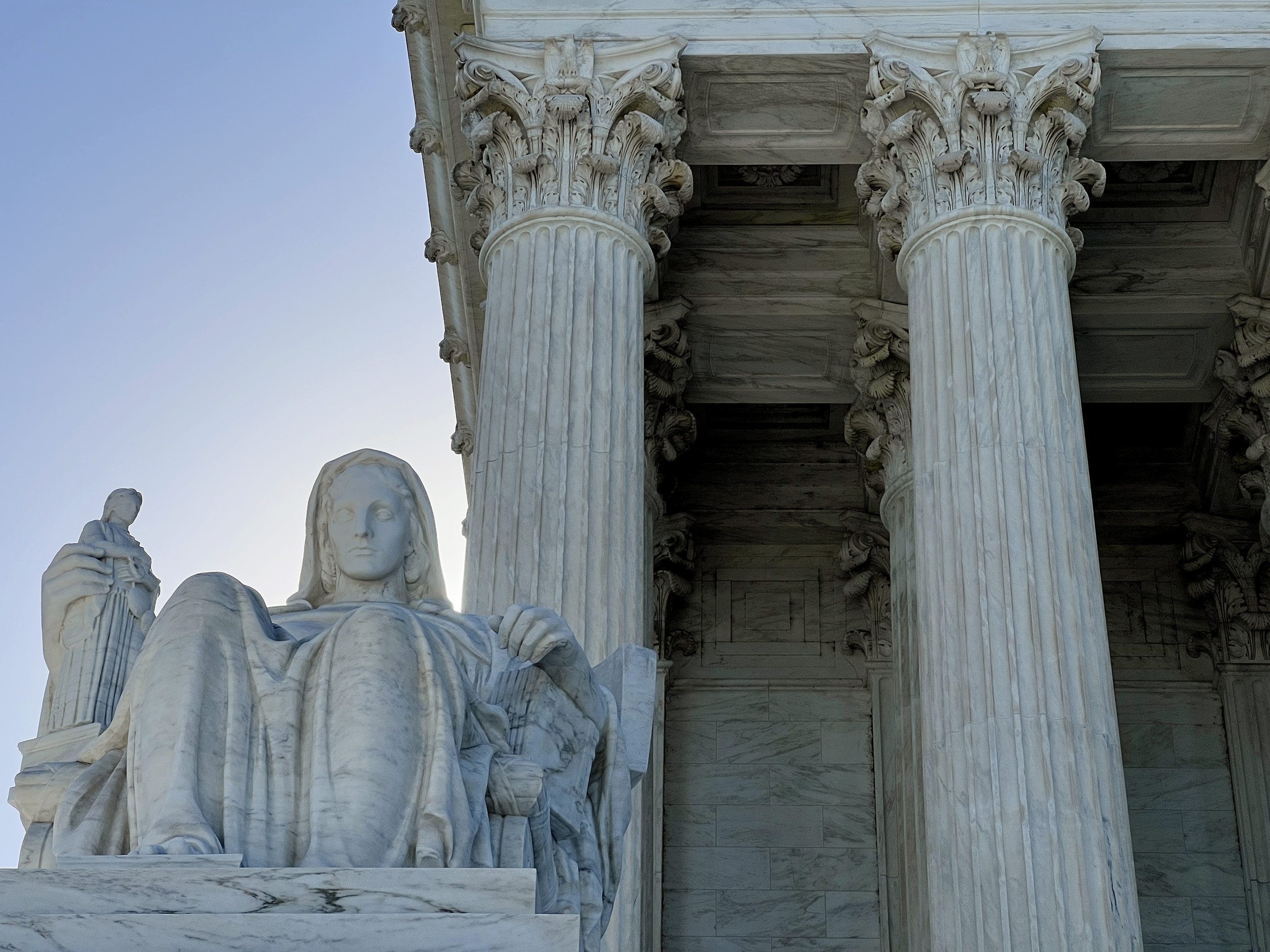Legal Precedents and Impact: Grants Pass Supreme Court

The “Grants Pass Supreme Court” case holds significant legal importance, shaping legal precedents and influencing subsequent legal decisions. The ruling established and reinforced key legal principles, particularly regarding the scope of judicial authority and the interpretation of laws.
Key Legal Principles, Grants pass supreme court
The case affirmed the principle of judicial review, empowering courts to scrutinize government actions and laws to ensure their constitutionality. It also established the doctrine of stare decisis, which requires courts to follow established legal precedents in similar cases, promoting consistency and predictability in legal outcomes.
Impact on Subsequent Decisions
The “Grants Pass Supreme Court” case has served as a precedent in numerous subsequent legal decisions. For instance, in the landmark case of Marbury v. Madison (1803), the U.S. Supreme Court relied on the principles established in “Grants Pass” to declare a law unconstitutional, demonstrating the enduring impact of the case on American jurisprudence.
Social and Political Implications

The “Grants Pass Supreme Court” case had profound social and political implications, reshaping the balance of power between different branches of government and influencing public opinion and political discourse.
Impact on the Balance of Power
The ruling strengthened the judiciary’s role in interpreting and enforcing the law, establishing a precedent for judicial review of government actions. This shift in power allowed courts to scrutinize the decisions of other branches, potentially limiting their authority.
Public Opinion and Political Discourse
The case sparked public debate about the proper role of government and the limits of judicial power. Some citizens supported the court’s decision as a necessary check on government overreach, while others criticized it as an infringement on the rights of elected officials.
The ruling also influenced political discourse, with politicians using it to argue for or against expanding or limiting judicial power. The case became a rallying point for both those who sought to strengthen the courts and those who feared the erosion of legislative and executive authority.
Historical Context and Background
The “Grants Pass Supreme Court” case, also known as Sturgeon v. Frost, emerged from a complex historical context marked by legal disputes and political tensions in Oregon.
The events leading to the case began in 1855 when Oregon Territory was divided into two judicial districts, with Grants Pass serving as the seat of the southern district. However, the Oregon Supreme Court, established in 1848, remained headquartered in Salem, in the northern district.
Key Figures and Motivations
Several key figures played pivotal roles in the case:
– James K. Kelly, a lawyer and politician from Grants Pass, argued that the Oregon Supreme Court’s location in Salem violated the Oregon Constitution, which required the court to be located in the “seat of government.”
– Thomas J. Dryer, a judge from Salem, defended the court’s location, arguing that Salem was the traditional seat of government and that moving the court would be disruptive.
– Governor Addison C. Gibbs, a political ally of Kelly, supported the move to Grants Pass, while Governor Lafayette Grover, Dryer’s ally, opposed it.
The motivations behind the case were primarily political. Kelly and his supporters sought to increase the influence of southern Oregon in the state government, while Dryer and his allies sought to maintain the status quo.